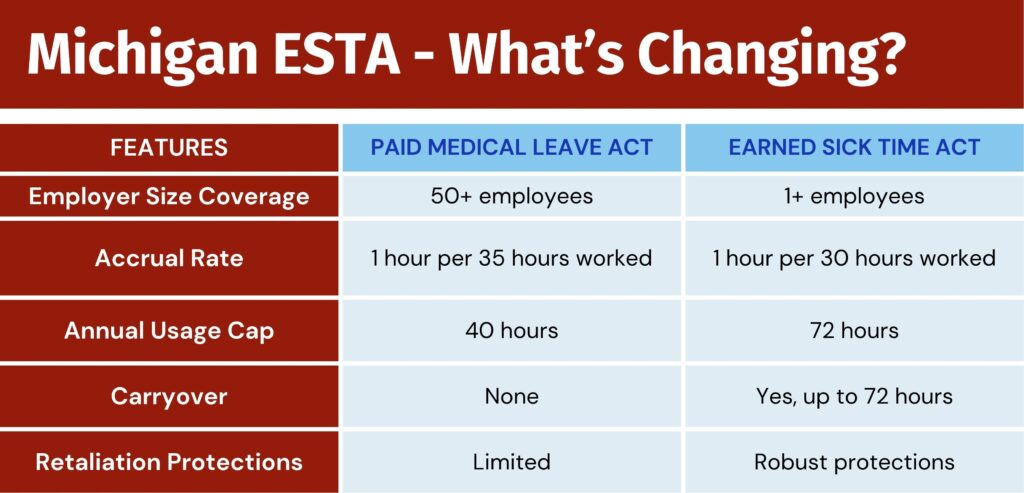A New Era for Workplaces
February 21, 2025, marks a pivotal moment for Michigan workplaces as the Michigan Earned Sick Time Act (ESTA) takes effect. This game-changing legislation mandates paid sick leave for nearly all employees, impacting an estimated 1.4 million additional Michigan workers.
It’s a move that’s shaking up the HR world, sparking debates among employees and employers, and putting small businesses in the spotlight. Let’s break down what this means, how to prepare, and why you definitely don’t want to ignore it.
What Is ESTA, and Why Does It Matter?
The ESTA dramatically expands Michigan’s sick leave requirements, surpassing the current Paid Medical Leave Act. If your business has at least one employee—yes, even just one—you’re now required to offer paid sick leave. The only exception? Federal government positions.
For small businesses, this is a seismic shift. Here’s what employers need to know:
-
Accrual:
-
Employees earn 1 hour of sick leave for every 30 hours worked.
-
-
Usage Caps:
-
Large employers (10+ employees): Up to 72 hours of paid sick leave annually.
-
Small employers (<10 employees): Must provide 40 hours of paid leave and 32 hours of unpaid leave.
-
-
Carryover:
-
Unused sick leave carries over to the next year, though annual usage remains capped at 72 hours.
-
-
Protections:
-
Retaliation against employees for using or inquiring about sick leave is strictly prohibited.
-
Violations can lead to lawsuits, with the burden of proof on employers if adverse action occurs within 90 days of a protected activity.
-

Preparing for ESTA: 10 Steps to Compliance
With the deadline looming, employers have less than two months to get their ducks in a row. Here’s how to prepare:
Review and Update Policies
- Examine existing sick leave or PTO policies for alignment with ESTA requirements.
- Consider creating separate sick leave banks for easier compliance.
Educate Managers and Employees
- Train managers on ESTA’s provisions to ensure consistent application.
- Distribute required workplace posters (available in English and Spanish).
Implement Tracking Systems
- Use reliable systems to monitor hours worked, sick leave accrued, and usage.
- Adequate recordkeeping will be crucial to fend off claims.
Choose a Benefit Year
- Decide on a consistent benefit year (calendar or fiscal) to simplify administration.
Communicate Clearly
- Proactively inform employees of their rights under ESTA to foster transparency and trust.
Update Collective Bargaining Agreements
- Union workers and on-call firefighters may see unique applications of ESTA—be sure to negotiate appropriately.
Prepare for Legal Scrutiny
- Understand the risks of non-compliance. The law places a heavy burden on employers in disputes.
Budget for the Changes
- Factor in the potential cost of providing paid sick leave, especially if you’ve never had to do it before.
Consult Legal Counsel
- Seek expert advice to ensure your policies and practices align with ESTA.
Stay Informed
- Keep up with additional guidance from state agencies or updates to the law.
Key Takeaways for Michigan Employers
The Michigan Earned Sick Time Act is more than just a new policy—it’s a cultural shift in workplace expectations. For employees, it’s a long-overdue guarantee of support during illness. For employers, it’s a call to action to modernize policies and prioritize employee well-being.
While compliance may seem daunting, proactive steps can ensure a smooth transition. The clock is ticking, and for Michigan’s HR professionals, the mantra is clear: Prepare now, or pay later. How are you preparing for the ESTA?


